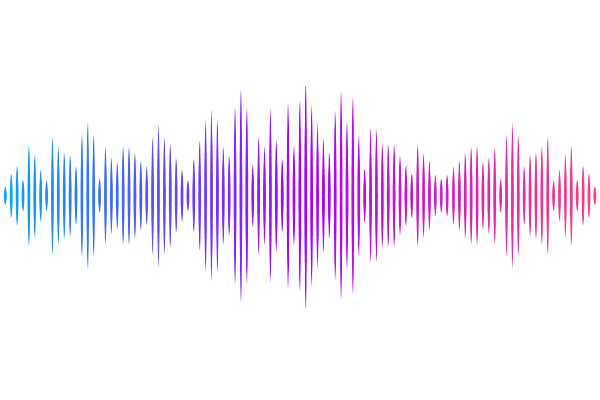Effects of polar structure and moving ejecta on the dynamics of SGRB jets

Effects of polar structure and moving ejecta on the dynamics of SGRB jets
Leonardo Garcia-Garcia, Diego Lopez-Camara, Davide Lazzati
AbstractAt least some short gamma-ray bursts (SGRBs) originate from neutron star mergers, systems that release both a relativistic collimated jet and slower, wider ejecta. These jets evolve through a dense, anisotropic medium shaped by the merger process, resulting in interactions that affect their morphology and observable signatures. We investigate the propagation of SGRB jets through funnel-like structures that can be static or expanding with mildly relativistic speed using 2D axisymmetric relativistic hydrodynamic simulations. Our models are based on radial and angular distributions of density and pressure from general-relativistic magnetohydrodynamic simulations of binary neutron star mergers. We explore different values of the funnel opening angle and density contrast, observing that narrow funnels constrain jet expansion, leading to larger collimation. The polar structure of the ejecta mainly affects the jet evolution in the early stages, whereas the effect of expanding ejecta dominates in later stages. Jets propagating through a low-dense polar funnel move initially faster, while the presence of mildly relativistic ejecta maintains the outflow more collimated after the breakout. Our results highlight the importance of the structure and dynamical properties of the ejecta in shaping SGRB jets and their electromagnetic emission.